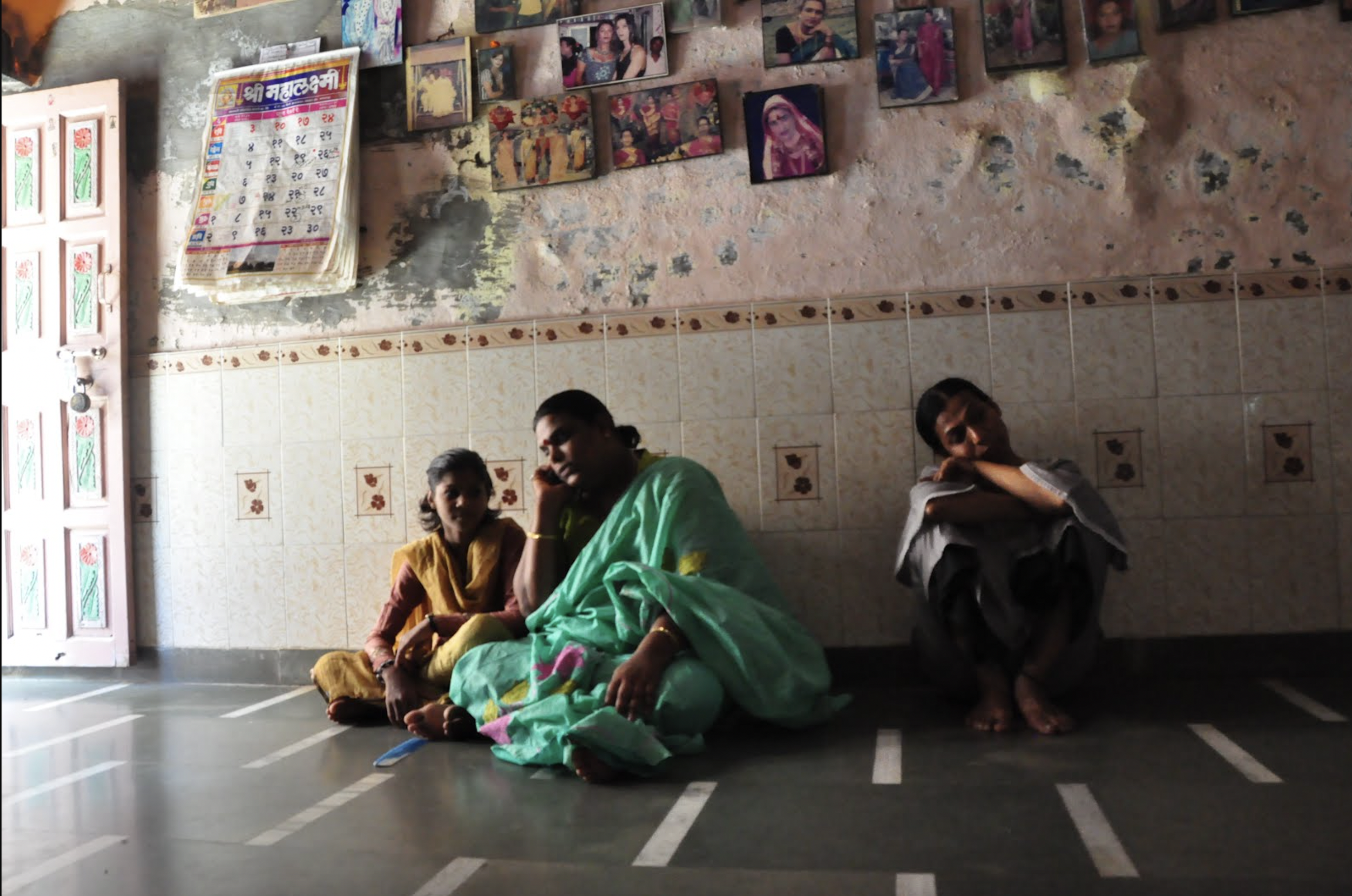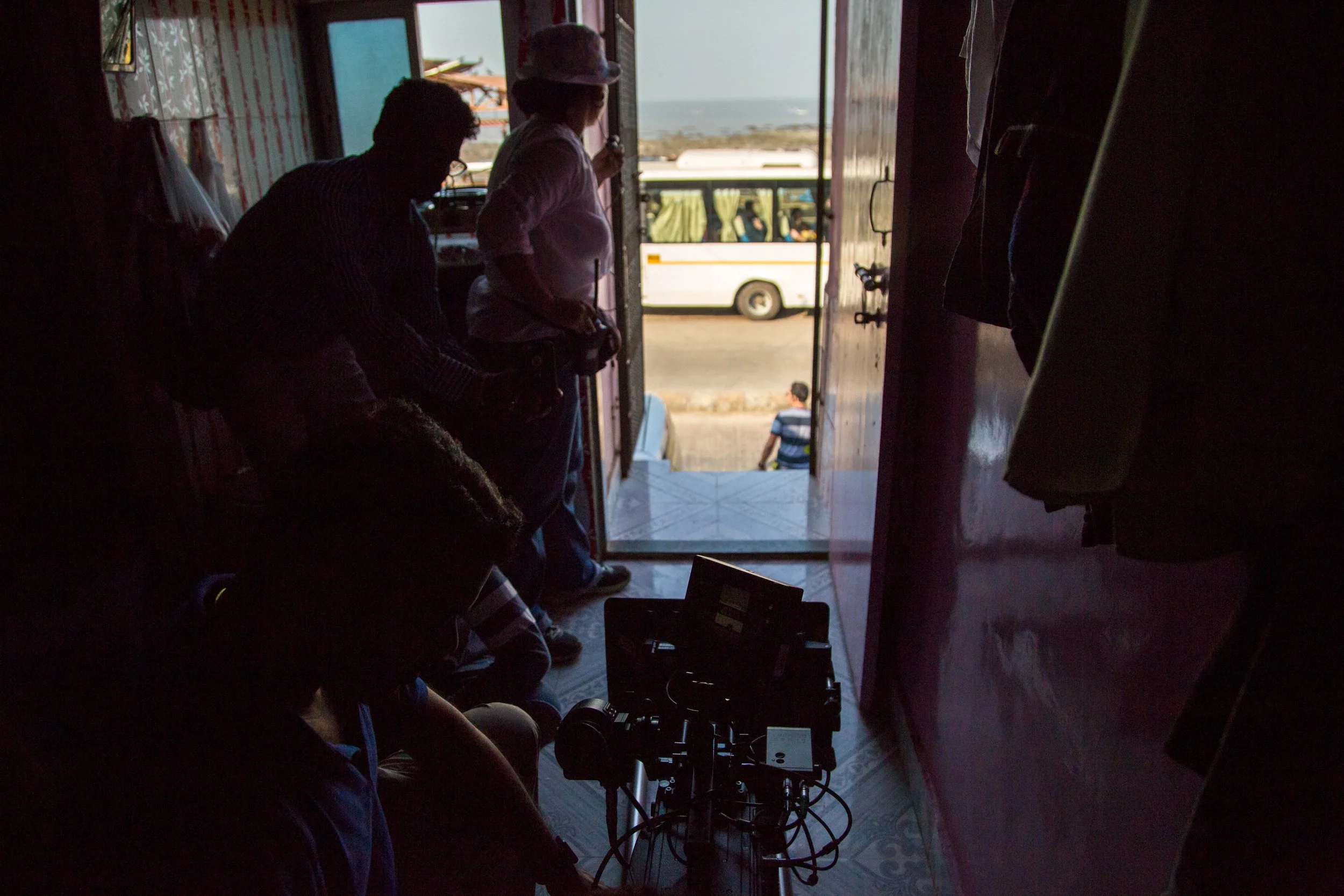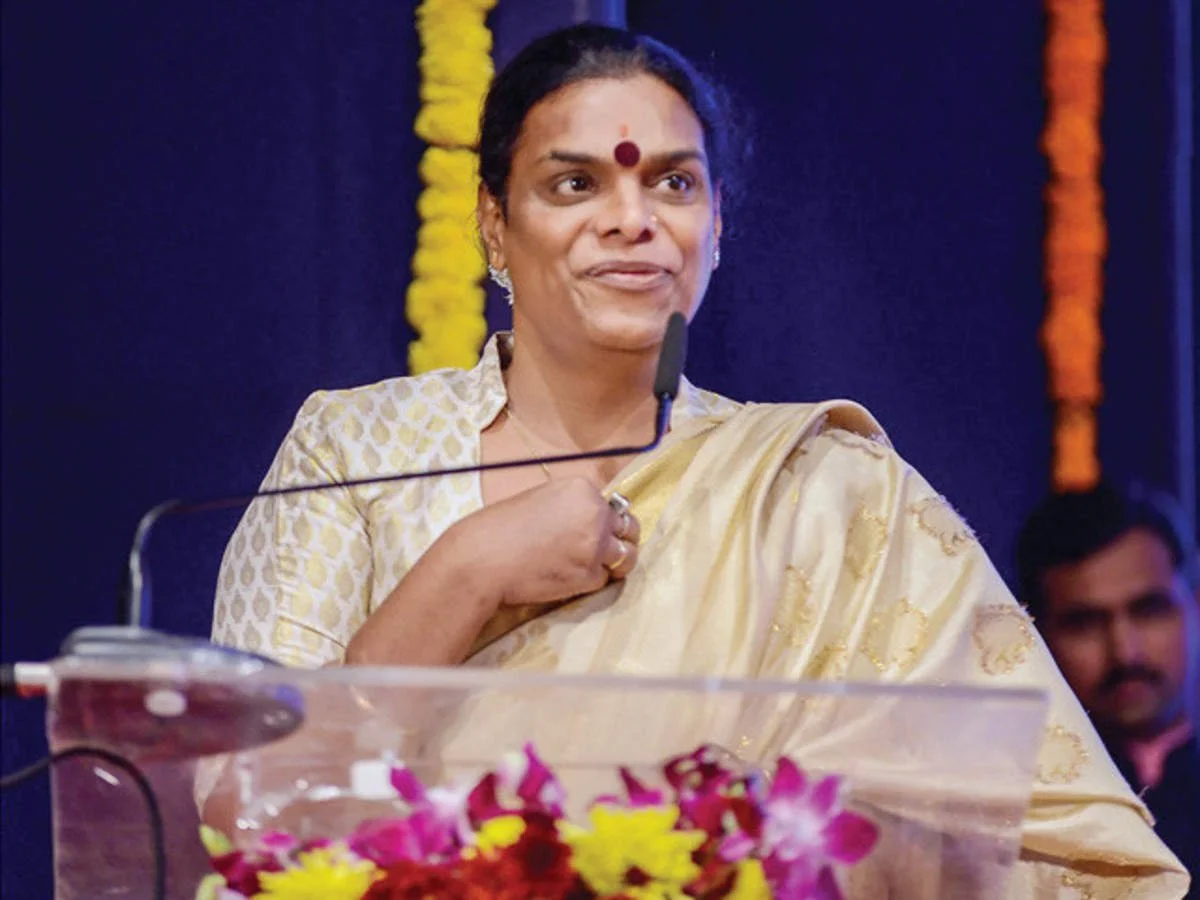VICKS // TOUCH OF CARE
Directed by Neeraj Ghaywan
BEFORE THE FILM
By 2016, Vicks had been talking about family for the better of 6 decades but did it in a rather traditional way.
In 2017, we suggested to change that. Our point of view was that Family, today, wasn’t the nuclear kind we still mostly see represented. Beyond shared blood or shared name, what truly made a family was the care we give each other.
We believed Vicks was legitimate to have a say on care and on what constitutes a family, so their official stance became "Where there's care, there's family."
FINDING THE STORY
The best way to illustrate Vicks’ new vision of how a family is made, we thought, was to show how two different persons who have been abandoned both by their families and society, people who have been denied the most basic care that most of us take for granted, still find the courage to care for someone other than themselves.
We turned toward the Hijra community, one of the most ostracised in India, one that is traditionally rejected by their families and sidelined by society. Hijras could not be granted any administrative documents - even death certificates - until 2014. It made them unable to even simply be employed.
After initial research, we came upon the incredible story of Gauri Sawant and her adopted daughter in an article by Delhi journalist, Chinki Sinha, It's not so rare a case but it has severe social implications and is so frowned upon that most occurrences are actually hidden and very few people outside the Hijra community know about it.
We wrote a script about Gauri’s story, contacted Chinki to ask if she could help us locate her and then roped in Neeraj Ghaywan, the director of the Cannes-featured film "Masaan" to direct the film, in order to get the raw and realistic look we wanted, along with his unique understanding of Indian popular culture and references.
SHOOTING THE STORY
After meeting with Gauri and witnessing her incredible personality - also learning she used to do theatre in school - the plan became to ask Gauri to act as herself in the film. Her daughter, on the other hand, we all agreed she should be played by an actress.
Our approach was to retell Gauri’s life from her daughter’s point of view. To make it about how she feels about her mother and the life she gave her. We made it in such a way that nobody could ever object to what they were watching. Until the viewer realises the saviour mother they root for is a Hijra and they suddenly have to wrestle with their own prejudice before deciding how they feel about the story.
AFTER THE FILM
Things got a little ouf of hand.
The film became viral on the day it was posted. It soon reached something like 80 million views - at least where we could track it. Reactions were coming in not just from India but from everywhere around the world.
In all our careers combined, we had never seen such a response. A response that is still ongoing today thanks to Gauri (and the film) truly becoming part of Indian popular culture.
RISE TO FAME
Gauri became an overnight sensation. She was invited to speak everywhere, first about the ad, then about her life.
She was invited to Celebrity “Who wants to be a millionaire”, barely two weeks after the release of the film, where they played it (in full and for free) to 40 million viewers.
In all her appearances, Gauri masterfully managed to get all the attention suddenly thrown at her to good use, and she unwaveringly used her newfound platform to share her message to an audience who was now ready to hear it.
GLOBAL ATTENTION
With Transgender rights being part of a more global conversation, our film attracted the attention of Western media and we ended up being shared by most news outlets, by politicians, by famous actors, by the United Nations, and being discussed just about everywhere.
The film was played in full at the Women in the World Summit, organised by the NY Times and the UN, in front of world leaders like Justin Trudeau and Hilary Clinton (and also Scarlett Johansson, from what we heard…).
It was used by The Young Turks as a counter-example to the Kendall Jenner x Pepsi debacle which came out roughly at the same time.
And we even had the honor of getting our very own Russian fake news article stating that we worked under cover for the American government to impose the LGBT agenda on India. Allegations that I can't officially confirm or deny for the simple reason that it makes me feel important.
IN POP CULTURE
Since the “Vicks film about the Transgender Mother” got released into the world, it has taken a special place in India’s culture. Until recently, Gauri was still mentioned as “The Vicks Mom” as she became a symbol of caring and nurturing, fighting for the right of people to love and be loved.
She started being featured in just about anything, from songs (one of which recreated the end walking scene from our film in their video), to murals, to poetry, to online fan posts.
It eventually lead to TAALI, a 6 episodes mini-series retelling her life on Jio (the biggest streaming service in India), which gave a 2nd life and a renewed interest to the Vicks film.
EPILOGUE
Gauri managed to build her “Nani ka Ghar”, a house for children of sex workers, where they are protected and cared for.
Vicks had an uplift in sales and consideration and other metrics that ended up feeling a little futile in comparison to what the campaign had become, but still, we can say that our job was done.
We got a bunch of awards at a lot of festivals, even some we never entered (go figure…)
And lastly, I got mentioned - if not by name - in the newspaper as an uncultured idiot who knows nothing about buses.





























